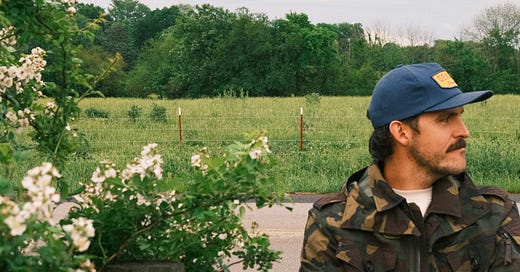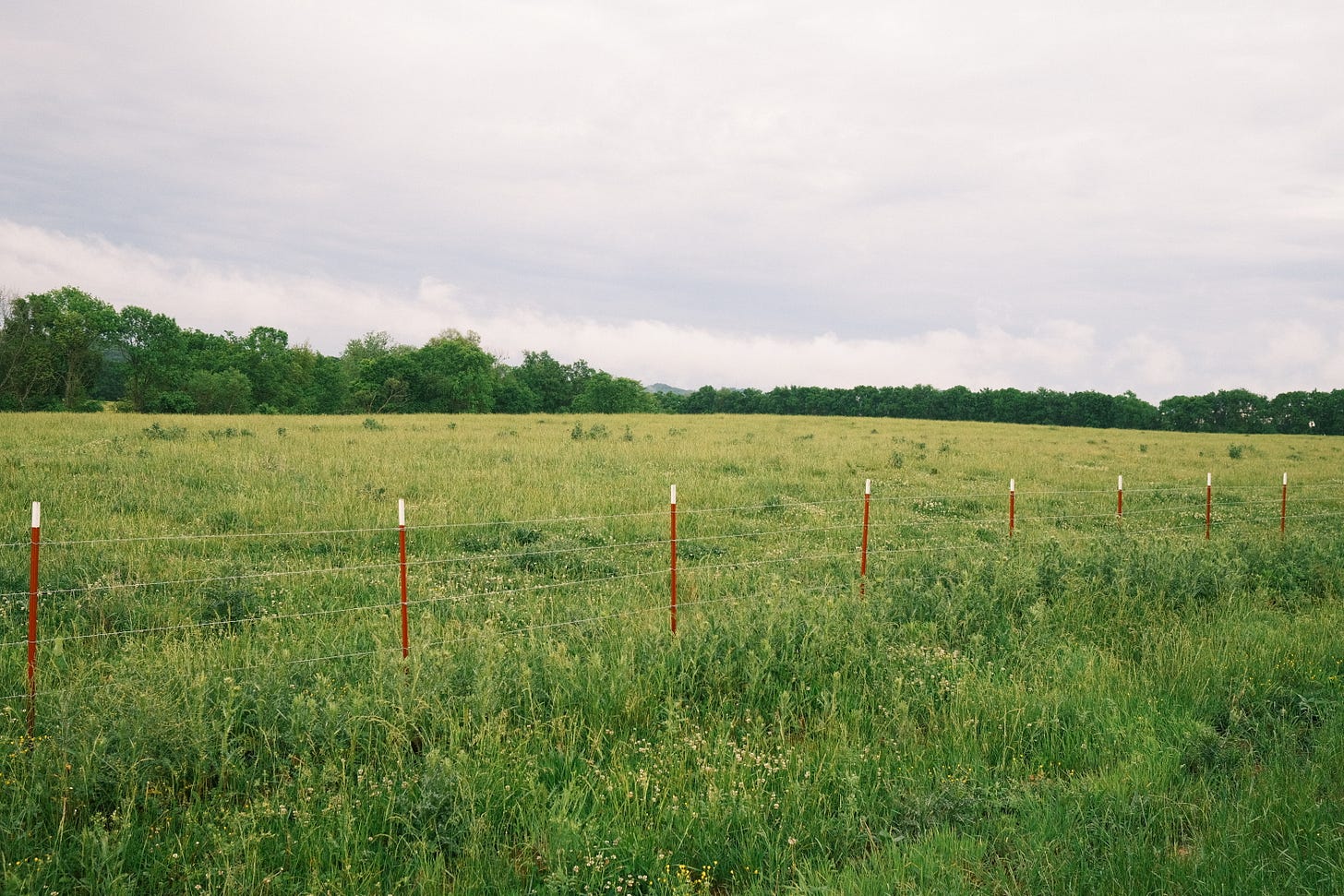My first 12-step meeting was 9 years ago. I don't identify as an "addict" anymore.
When I first entered the basements of churches in town for 12-step recovery meetings, accompanied by those foldable cold tan metal chairs and outdated posters filled with bible verses that were cheesy yet also comforting, I identified proudly as an addict.
It made me feel connected to the group. It helped me acknowledge my powerlessness, which is the first step, and begin to make progress over an addiction that had ruled most of my life up to that point. I ignored it for so long, so to make it my whole personality was one of the things that moved me toward healing and acceptance.
However, I no longer identify as an addict.
Right now I can imagine people who have experience in 12-step questioning if my sobriety or recovery is actually true. I can hear others assuming I have a big ego and wondering if I’m now going to sell you a product I have that promises you freedom from addiction so that you no longer have to identify as an addict.
I can assure you that my recovery feels more authentic these days and that I’m not about to sell you something or pretend I have some magic cure. This letter isn't even about 12-step honestly.
It's about attachment styles and it's about how there is more to the story and how exploring that more is a crucial part of the healing journey. Which is what I write about at… yup you guessed it. More to the Story.
In my practice as a licensed therapist, I am often spending time with people exploring their childhood, rooted in attachment science.
Attachment theory, pioneered by John Bowlby in the 20th Century, has evolved into what many now consider a science with an empirical foundation. Simply said—it has moved from educated guess to evidence backed by real-life experiments and observations.
Attachment is the study of emotional bonds that develop between people, particularly the relationship between children and their caregivers. As those are the most foundational, and arguably most impactful, relationships that influence how we understand ourselves, relate to others, and move through the crap life brings.
There are four main categories, or styles, of attachment which I'm sure you've seen on any social media reel, podcast, or newsletter these days. Quick recap:
Anxious/Preoccupied attachment:
Characterized by fear of abandonment, desire for closeness, and tendency to be overly focused on relationships. May look like "clingy" behavior and struggling to be alone.
Avoidant/Dismissive attachment:
Tend to prioritize independence and self-sufficiency, feeling uncomfortable with emotional closeness.
Disorganized/Fearful-Avoidant attachment:
Involves conflicting desires for intimacy and fear of rejection or betrayal. Inconsistent behaviors and difficulty trusting people, with negative view of self and feeling unworthy of love.
Secure attachment (being the "ideal" style):
Comfortable with intimacy and independence. Trust the reliability of others and feel safe in relationships but are also able to set appropriate boundaries.
So, just by reading those short descriptions, my headline of this post makes sense, right? I can relate to any of those on any given day. So to say "I'm avoidant/dismissive" style is to limit my experience and potentially keep me from seeing other areas I can grow and experience healthier connections with myself and others.
So, I have a theory as to why we narrow ourselves down to things like "I'm an addict" or "I'm anxiously attached." Hear me out.
When I first got into recovery, I had been in what we'd call active addiction. Meaning I'd been knowingly, and somewhat unknowingly, actively participating in a behavior I knew was really harmful to myself and others. And I had been doing that for many years.
I was emotionally underdeveloped. Said more frankly—emotionally immature. So I didn't have the ability to hold emotional complexity.
The reason I don't identify as an addict anymore is because I've done a lot of work and can see that I'm so much more than that. I can now see the parts of me that were participating in that harmful behavior are so different from how I perceived them when I started recovery. I now understand that I have an addictive part of me who learned certain strategies to try and keep me safe. That's a level of complexity that is confusing to make sense of when that strategy is clearly hurting myself and others and is something I need to stop doing.
So to see it as pretty black and white, in the beginning, was helpful. Maybe even necessary. For me.
To be clear, I'm not speaking for all people in recovery.
Similarly, to identify with one attachment style, that I most of the time relate to, is helpful. It allows me to see patterns and set boundaries and move toward what's meaningful. But, there’s more.
I'm finding that as I do the hard work of healing, I open up more capacity within myself to hold the complexity of my humanity. Which is a very difficult and mysterious thing.
Because the complexity of my internal world, which once led to a suicide attempt, is now something I see as beautiful and helps me feel fully alive.
So what am I suggesting instead of identifying with a single attachment style?
It's about learning how to hold the complexity of our experience with kindness and compassion. It's about moving toward secure attachment while not forcing ourselves there and being gentle when we realize we aren't quite there yet.
And here's what I've learned through my own journey:
Secure attachment isn't a place we arrive at and then stay forever.
There's an ever-unfolding dance between being securely attached and not.
Some days, in some relationships, I show up anxiously preoccupied. In others, I need my independence. The healing comes from awareness, not perfect consistency.
What I've found, both personally and professionally, is that healing happens when we resist the urge to oversimplify our stories.
Just as recovery meant moving beyond "I am an addict" to understand the complex parts of myself seeking safety, growth in relationships means seeing beyond "I am anxiously attached" to recognize the full spectrum of your attachment capabilities and needs.
The frameworks and language of attachment science are meant to be tools, not labels to live by. They're meant to illuminate parts of our experience, not define who we are.
The beauty isn't in fitting perfectly into "secure attachment"—it's in developing the capacity to recognize our patterns, understand their origins, and gently guide ourselves toward more fulfilling connections. There's always more to our stories than a single label can capture, and in that complexity lies our greatest potential for healing and growth.
With care,
Blake
If you’re new here, welcome! Each week you’ll get evidence-based insights and personal stories from a licensed therapist on healing attachment wounds and cultivating healthy relationships.
I co-host a podcast -
- with my best friend (also a therapist) about mental health and we recently made this video exploring my suicide attempt. I hope you find it encouraging.The Truth Behind My Suicide Attempt - A Therapist's Story
The suicide rate among men was 4x higher in 2023 than women. Men make up nearly 80% of suicide according to the CDC.









It's interesting how you've articulated it. In other versions of this paradigm, I find a kind of astrologicalization of the concepts: "You are a this, and therefore this will happen, and you will act this way."
Ironically, like I do with most astrological content, I find parts of self arising in all categories, never really feeling like this person fits in one place. This is what I take you to mean.
It's more likely that one will find parts of "the self" arising in different styles of attachment, depending on the circumstances. That makes sense to this brain.
Really helpful Blake -thanks for your honesty and the encouragement that while attachment styles can be somewhat fluid, their impact on emotional well-being and relational health is profound.